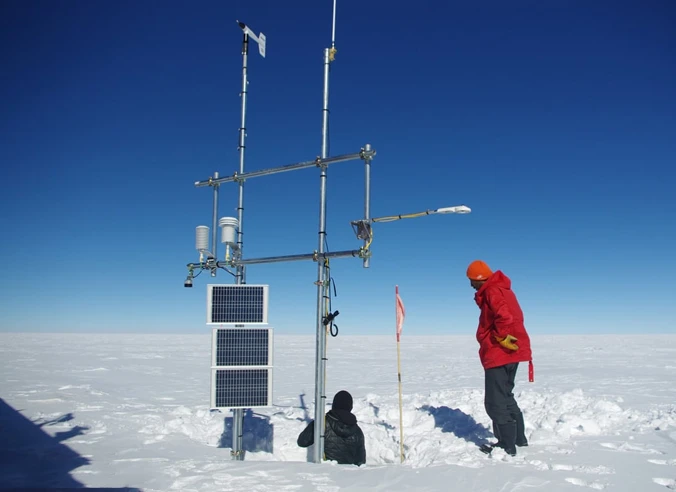AWS Weather Station: Real-Time Environmental Monitoring Solution

# AWS Weather Station: Real-Time Environmental Monitoring Solution
In today’s rapidly changing climate, having access to accurate and real-time environmental data is crucial. The AWS Weather Station is a cutting-edge solution designed to provide comprehensive environmental monitoring capabilities. This article delves into the features, benefits, and applications of the AWS Weather Station, highlighting its role in modern environmental management.
## What is the AWS Weather Station?
The AWS Weather Station is an advanced environmental monitoring system that leverages the power of Amazon Web Services (AWS) to deliver real-time data on various environmental parameters. It is equipped with a range of sensors that measure temperature, humidity, wind speed, precipitation, and more. The data collected is then processed and analyzed using AWS’s robust cloud infrastructure, providing users with actionable insights.
### Key Features of the AWS Weather Station
– **Real-Time Data Collection**: The AWS Weather Station continuously monitors environmental conditions, ensuring that users have access to the most up-to-date information.
– **High Accuracy Sensors**: Equipped with state-of-the-art sensors, the station provides highly accurate measurements, essential for precise environmental analysis.
– **Cloud Integration**: Data is seamlessly integrated with AWS cloud services, enabling easy access, storage, and analysis from anywhere in the world.
– **Scalability**: The system is designed to scale with your needs, whether you’re monitoring a small area or an entire region.
– **User-Friendly Interface**: The AWS Weather Station comes with an intuitive interface that makes it easy to configure, monitor, and analyze environmental data.
## Benefits of Using the AWS Weather Station
The AWS Weather Station offers numerous benefits for various industries and applications:
– **Agriculture**: Farmers can use the data to optimize irrigation, predict weather patterns, and improve crop yields.
– **Urban Planning**: City planners can monitor air quality, temperature, and other factors to create more sustainable urban environments.
– **Disaster Management**: Real-time weather data can help in predicting and managing natural disasters, reducing their impact on communities.
– **Research and Education**: Researchers and educators can use the data for studies and to teach students about environmental science.
## Applications of the AWS Weather Station
The versatility of the AWS Weather Station makes it suitable for a wide range of applications:
– **Weather Forecasting**: Accurate and timely weather data is essential for reliable weather forecasting.
– **Environmental Monitoring**: Continuous monitoring helps in tracking changes in environmental conditions over time.
– **Industrial Applications**: Industries such as construction and logistics can benefit from real-time weather data to optimize operations.
– **Smart Cities**: Integrating weather data with smart city infrastructure can enhance the quality of life for residents.
## Conclusion
The AWS Weather Station is a powerful tool for real-time environmental monitoring, offering high accuracy, scalability, and seamless cloud integration. Its applications span across various industries, making it an invaluable asset for anyone looking to harness the power of environmental data. By leveraging the capabilities of AWS, the AWS Weather Station provides a reliable and efficient solution for modern environmental management needs.
Whether you’re a farmer, city planner, researcher, or industry professional, the AWS Weather Station can help you make informed decisions based on accurate and real-time environmental data. Embrace the future of environmental monitoring with the AWS Weather Station and take a proactive approach to managing our planet’s resources.
Keyword: aws weather station
